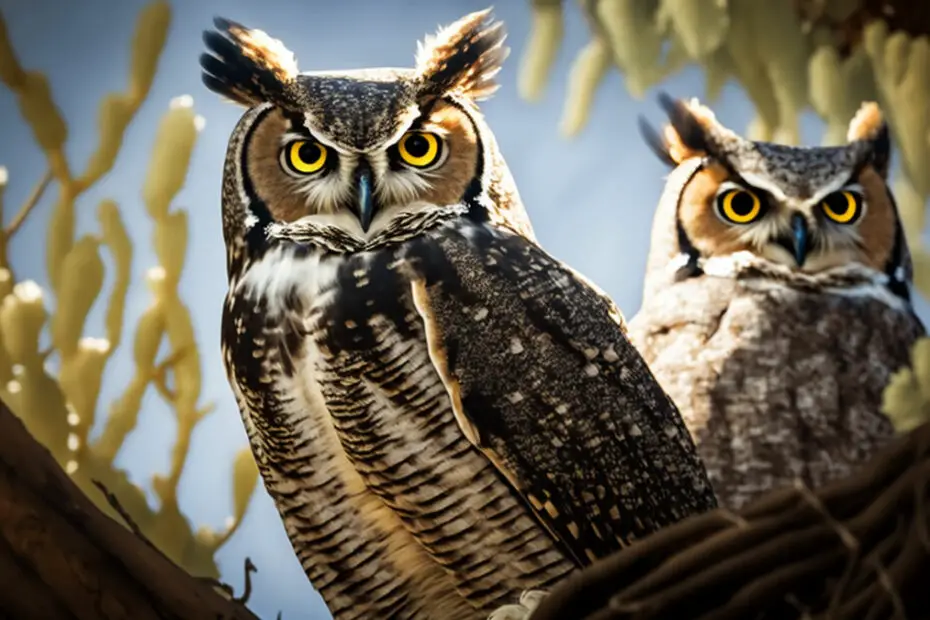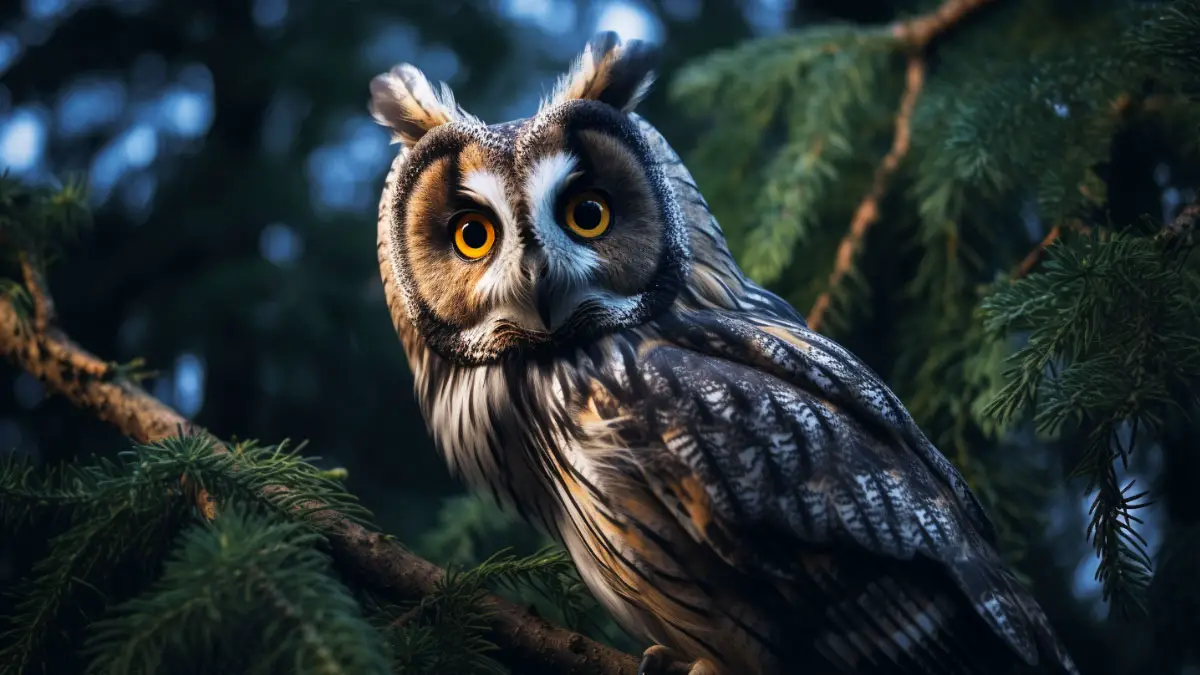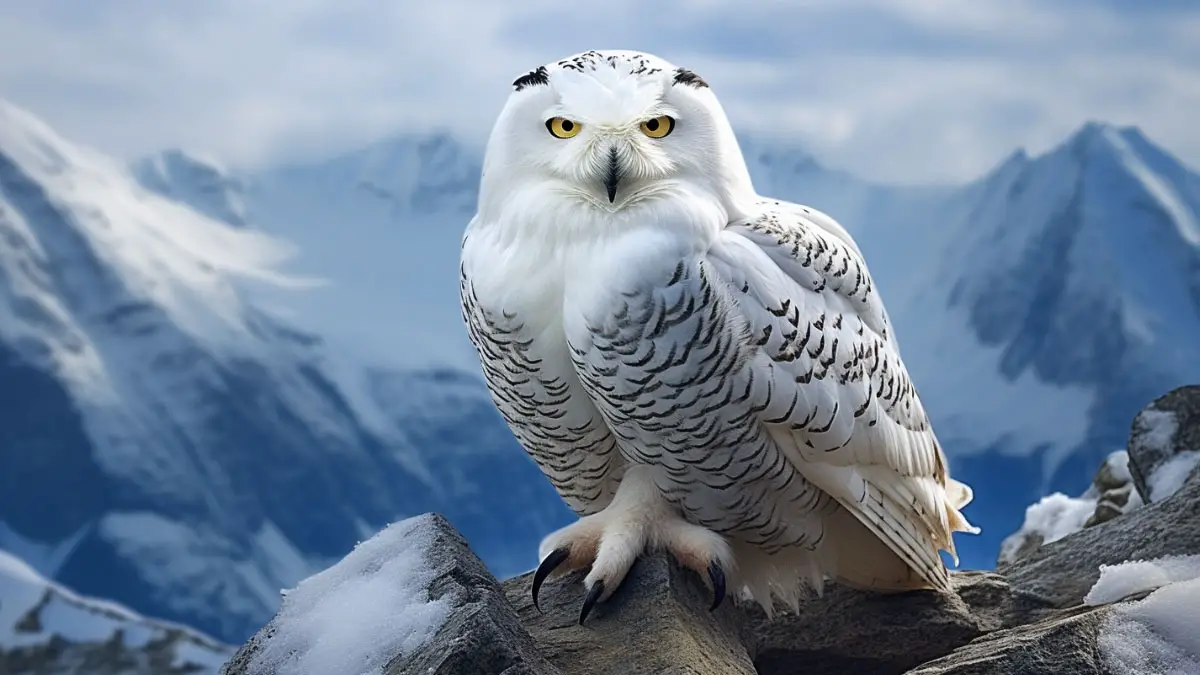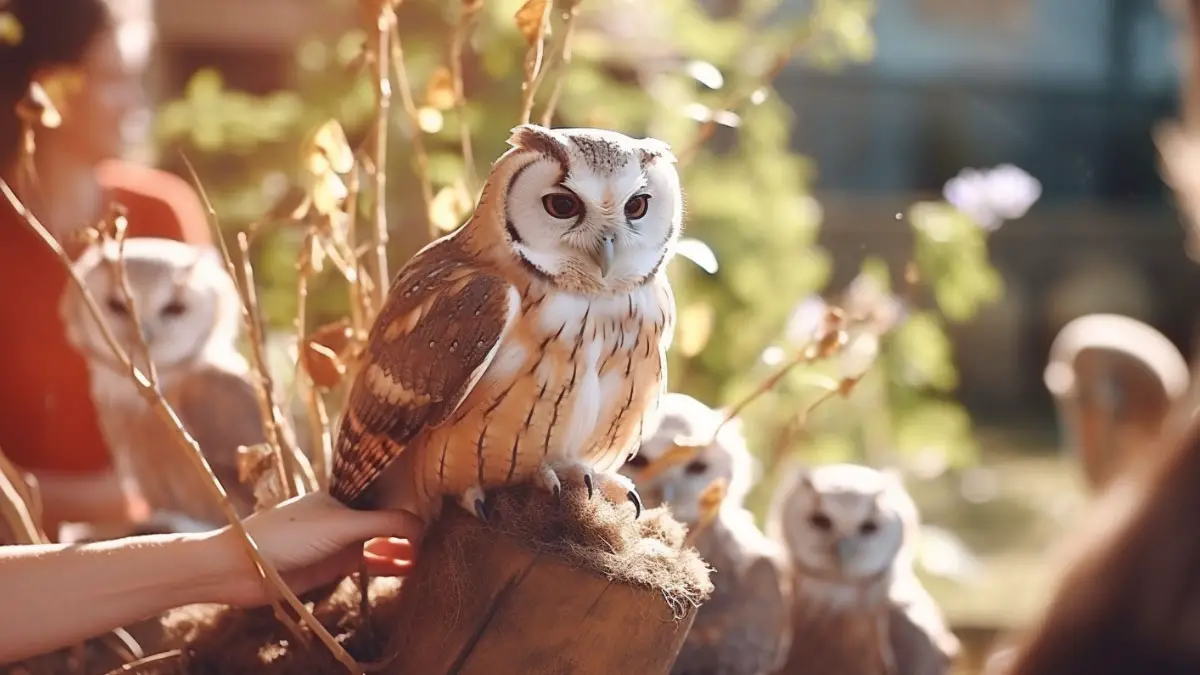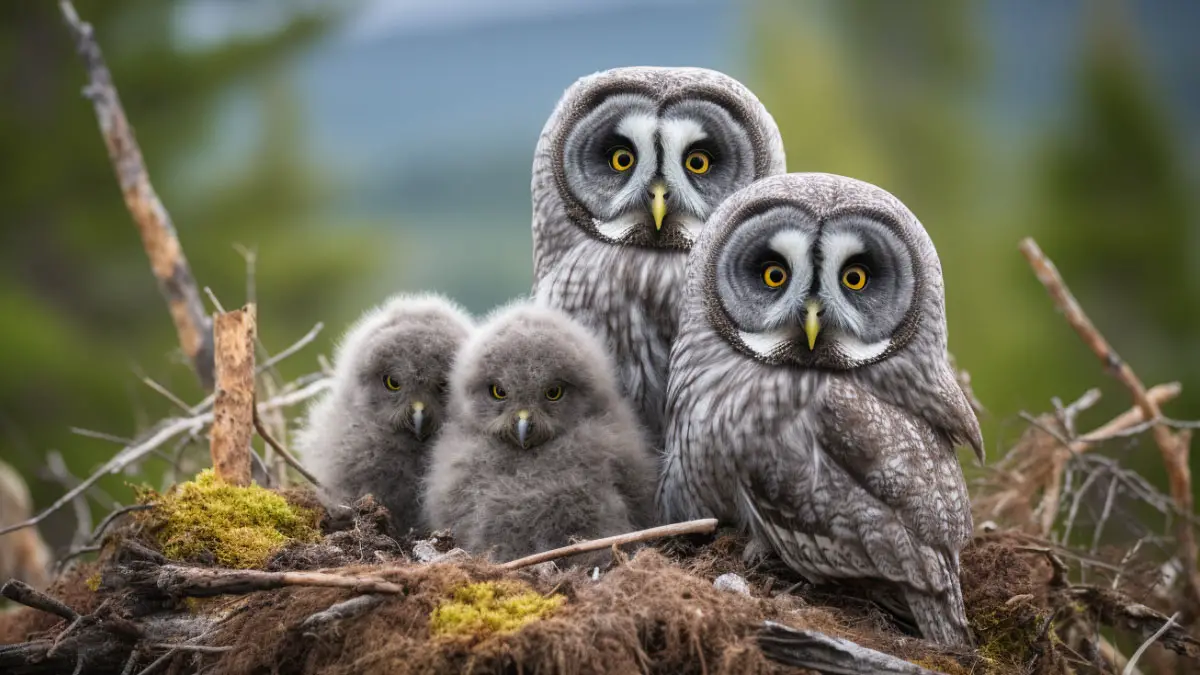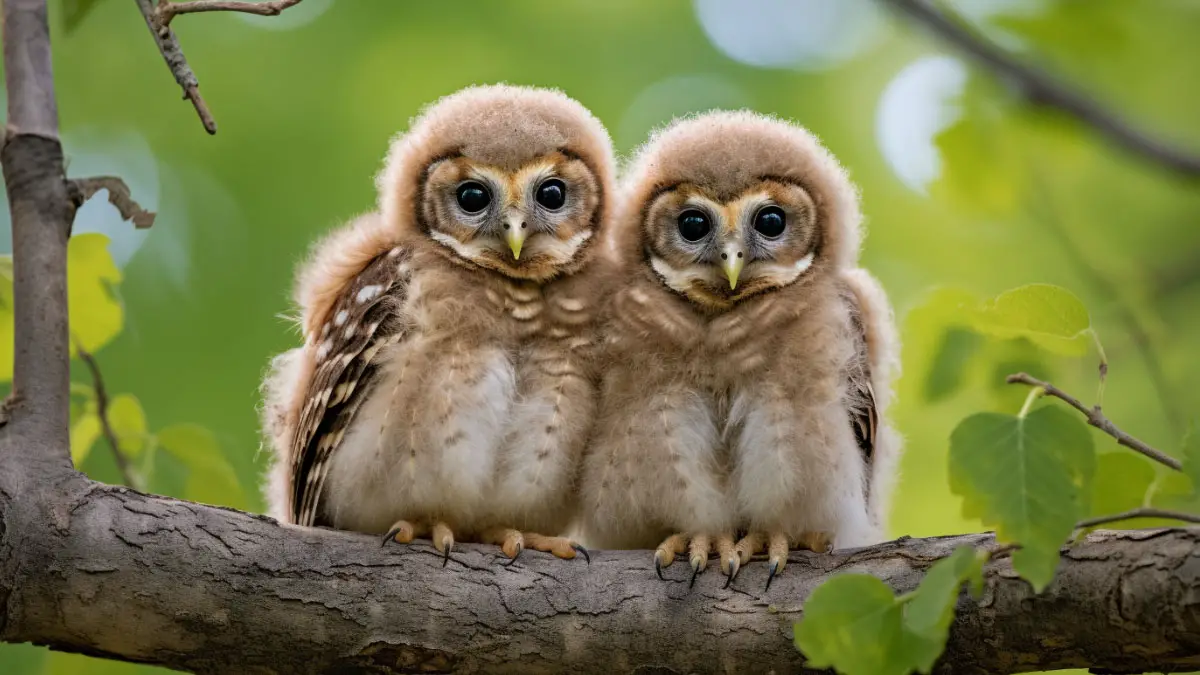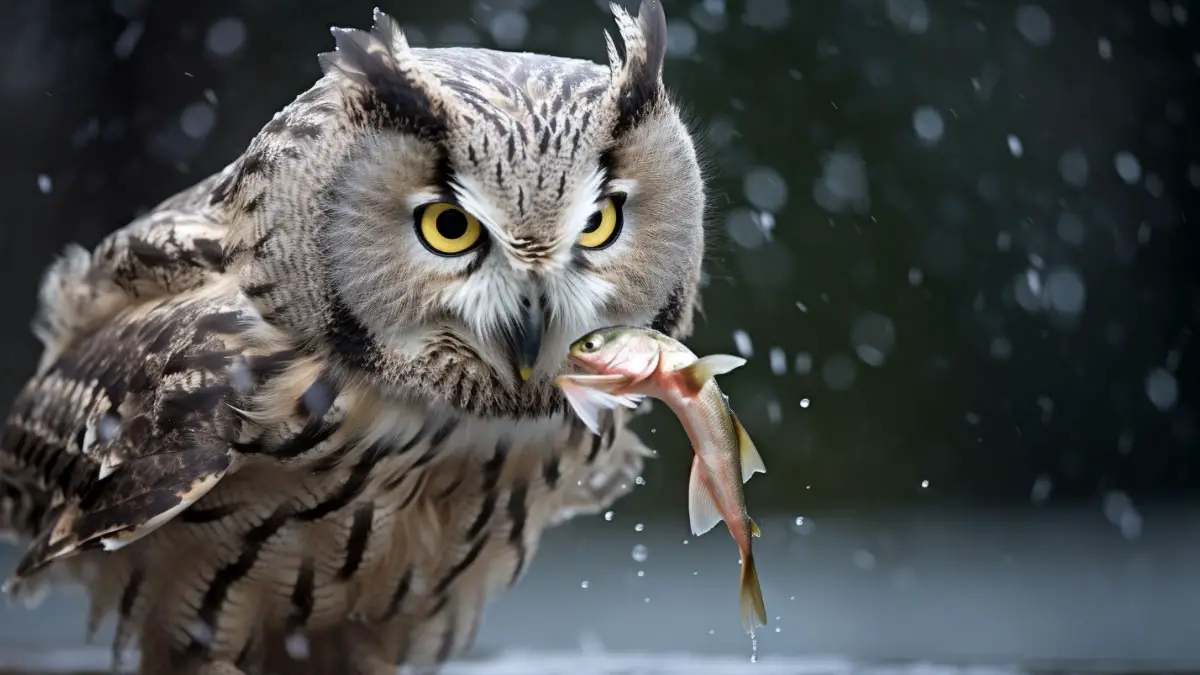Owls, the bird of prey, rarely migrate to a different territory. They are also found in different habitats around the world, including forests, urban areas, grasslands, and even deserts.
So, how long do owls stay in one place? Owls stay for as long as eight years and above in the same habitat, irrespective of the weather. Also, some species of owl can stay in the same habitat with a particular mate for the rest of their lives.
If you want to know more about the territorial habit and the length of time owls spend in a habitat, read on, as we discuss that explicitly in this piece.
Do Owls Stay In The Same Area?
Several species of owls are more sedentary and stay in the same general area throughout their lives. While others are more migratory and may travel for long extents to find food or suitable breeding grounds.
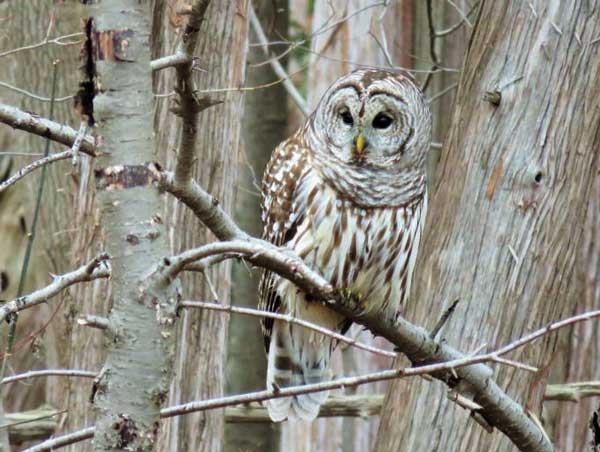
In general, owls tend to stay in the same area as long as there is an adequate supply of food and suitable nesting sites. Some species may wander or disperse from their natal areas in search of new territory. But many owls are territorial and will defend their territory against intruders.
How Long Do Owls Stay In One Place?
While there is much we know about owls and their behavior, one question that often comes up again is how long they remain in a particular territory.
The length of time that an owl stays in one place can vary depending on the species and the specific circumstances.
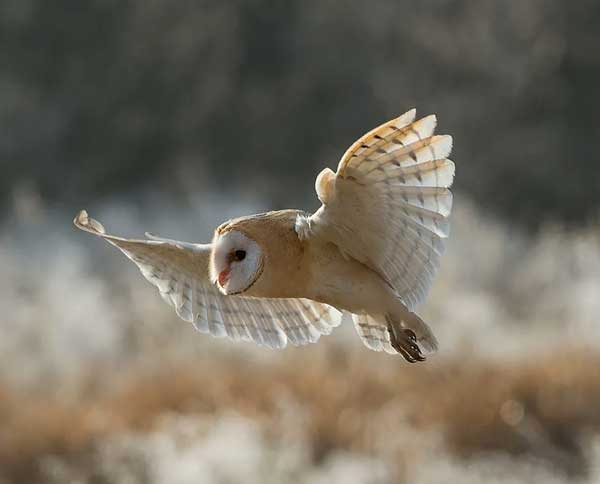
Owls generally are not migratory, they can remain in the same territory for a longer length of time, say 8 to 10 years and above. But the flammulated owl tends to migrate because it feeds more on insects.
Examples Of Owl Species That Stay Put For Longer periods
Some species of owls are known to stay in a particular territory for longer periods. Here are a few examples of owl species that are known to stay in a particular territory for longer periods:
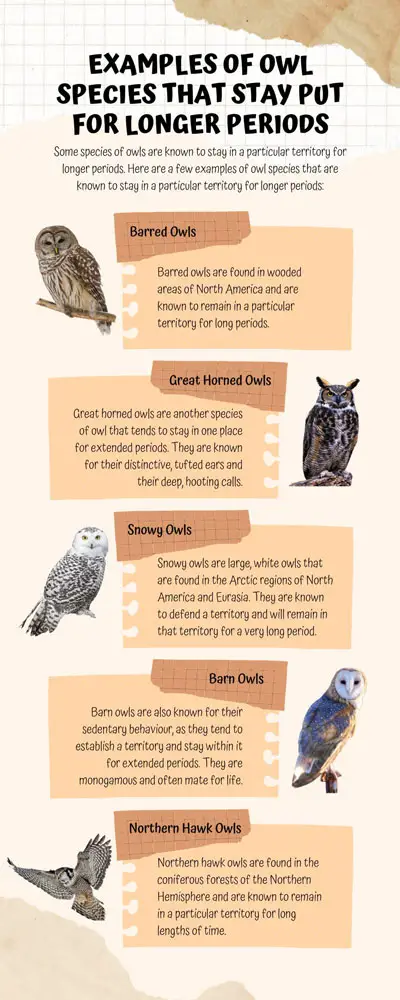
Barred Owls
Barred owls are found in wooded areas of North America and are known to remain in a particular territory for long periods. You’d find them more in forest areas and wetlands where they can hunt for small birds, reptiles and mammals.
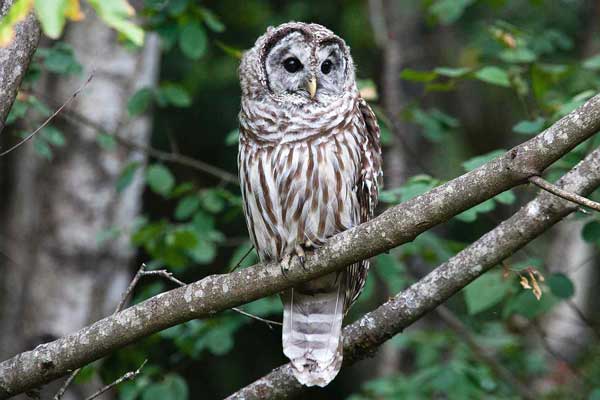
Great Horned Owls
Great horned owls are another species of owl that tends to stay in one place for extended periods. They are known for their distinctive, tufted ears and their deep, hooting calls.
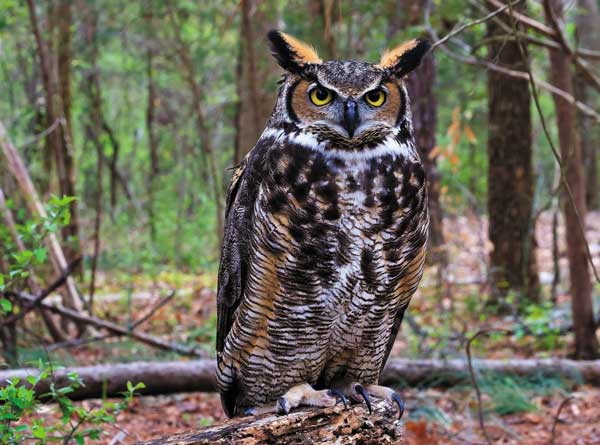
Snowy Owls
Snowy owls are large, white owls that are found in the Arctic regions of North America and Eurasia. They are known to defend a territory and will remain in that territory for a very long period.
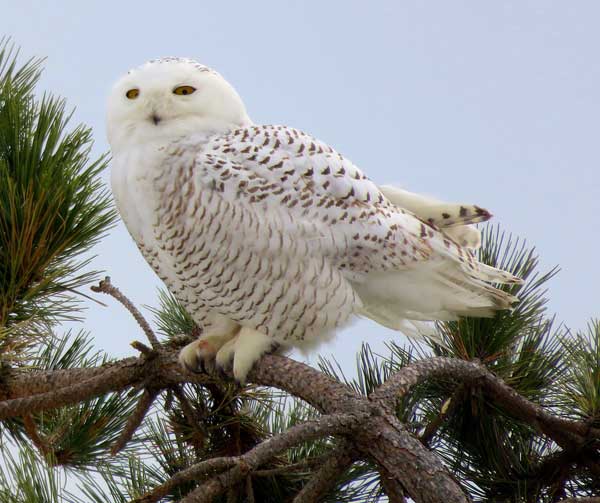
Barn Owls
Barn owls are also known for their sedentary behaviour, as they tend to establish a territory and stay within it for extended periods. They are monogamous and often mate for life.
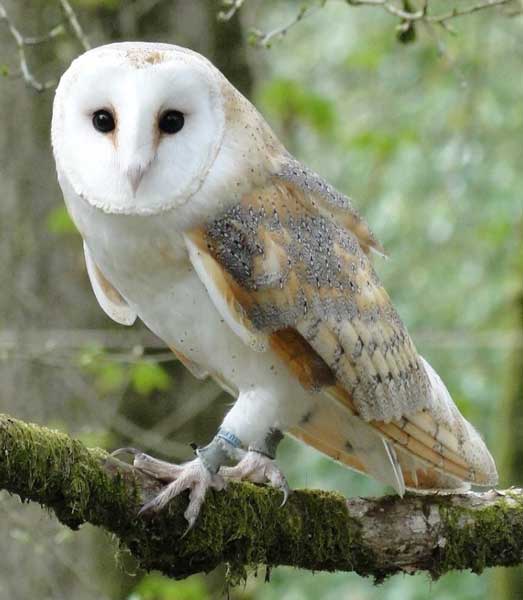
Northern Hawk Owls
Northern hawk owls are found in the coniferous forests of the Northern Hemisphere and are known to remain in a particular territory for long lengths of time.
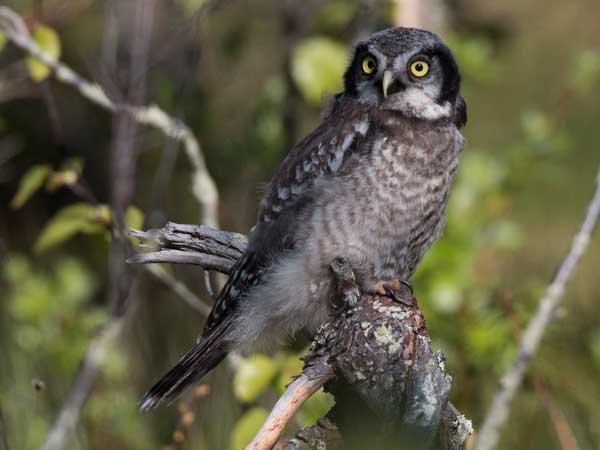
Factors That Influence How Long Owls Stay In One Place
Owls are often associated with staying in one place, such as on a tree branch or in a nest, but there are several factors that can influence how long owls stay in one place or the same area.
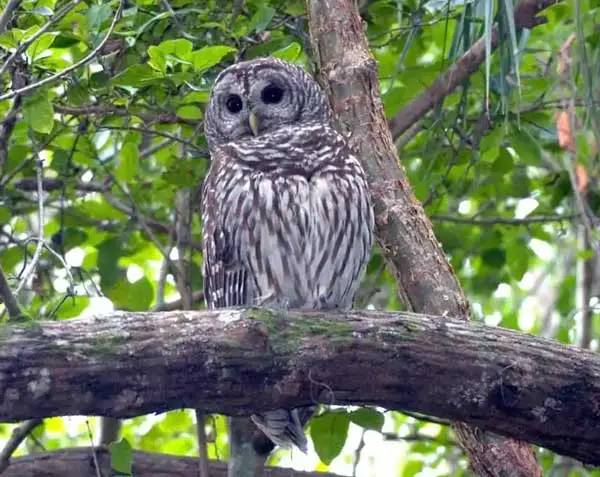
Availability Of Food
One of the main factors that determine how long an owl stays in one place is the availability of food. Owls are carnivorous birds, and they rely on a consistent supply of prey in order to survive. If prey becomes scarce in an area, owls may need to move to a new location in search of food.
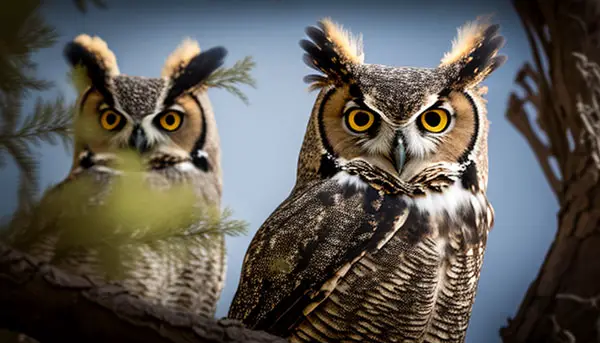
Breeding And Nesting
Some owls are migratory, meaning they move between different areas during different times of the year. For example, some owls may depart to warmer climates in the winter to find a more consistent food supply.
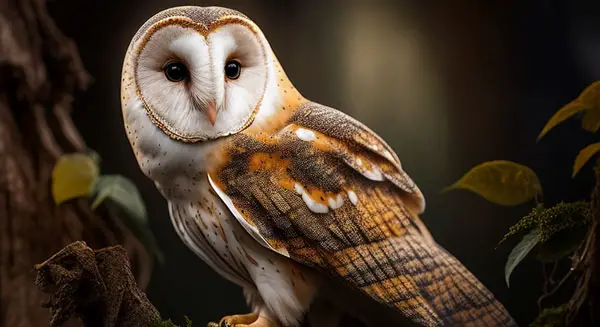
Other owls are residents, meaning they stay in one place year-round. These owls may move to different areas within their range to breed or raise their young.
The Type Of Habitat
Where an owl lives can also influence how long it stays in one place. Owls are adapted to live in a variety of habitats, including forests, grasslands, deserts, and even urban areas. If an owl’s preferred habitat is threatened or disrupted, it may need to move to a new location in order to find suitable living conditions.
Competition
Resources such as food or nesting sites can also influence how long an owl stays in one place. If there are other owls in the area competing for the same resources. An owl may need to move to a new location in order to avoid competition.
Are Owls Territorial?
Some species of owls are territorial, meaning that they defend a specific area or territory against intruders. These species may establish a territory to find food, mate, and raise their young.
However, not all species of owls are territorial. Some species, such as the barn owl, are more nomadic and may wander or disperse from their natal areas in search of new territory.
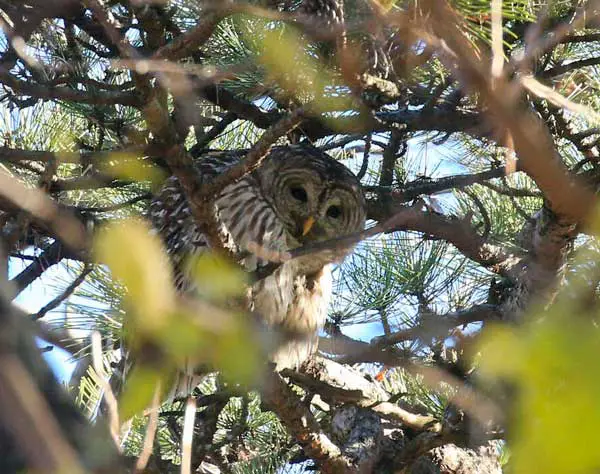
LifeSpan Of Owl
The lifespan of owls can vary widely depending on the species. Some species of owls can live for more than 20 years in the wild, while others may only live for a few years.
The largest owls, such as the Eurasian eagle-owl and the great horned owl, can live for up to 25 years or more in the wild.
Captive owls may live longer than wild owls due to food and medical care availability.
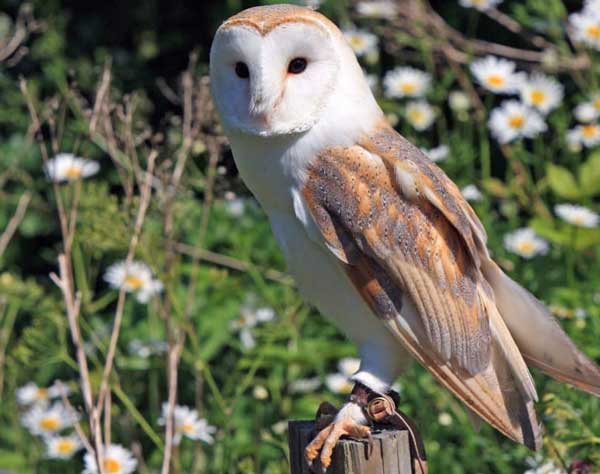
Frequently Asked Questions
Some of the questions people also ask are answered below.
Most owls dwell in the same territory for very long periods and sleep in the same nest or roost every day/night.
Very early in the morning and late in the evening. They’re nocturnal birds and are more active at nightfall.
Yes, they use one roost every year, because they do not build their roosts or nest instead, they dwell in already prepared places.
Conclusion
Owls occupy very large and wide territories to source enough food and grounds for breeding. Hence, some owls are more sedentary and may remain in a particular territory for most of their lives. While others are more migratory and may travel long distances to find food or suitable breeding grounds.
But the length of time an owl stays in one place or the same area can vary depending on the species and the specific circumstances. Overall, the specific behavior of an owl is influenced by a combination of factors and can vary significantly between different species and individual birds.
